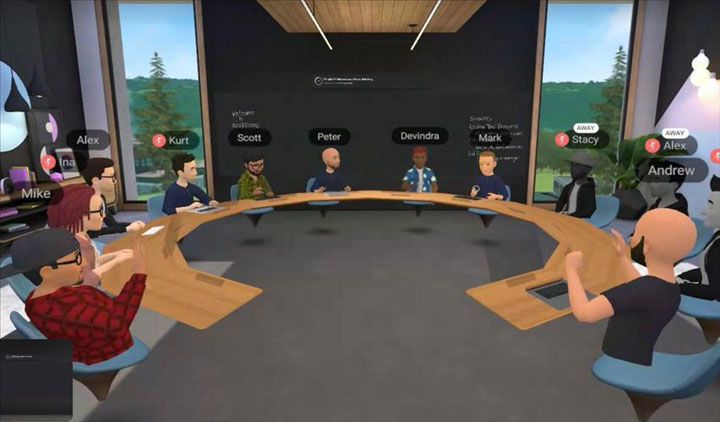The Metaverse: A Parallel Virtual World to Reality
In an announcement made on October 28, Facebook CEO Mark Zuckerberg declared the company’s name change to Meta. Zuckerberg stated that this decision is aimed at the future.
Meta – derived from the science fiction term metaverse, reflects Facebook’s vision of transforming this social network into the center of a virtual universe.
“We believe the metaverse will be the successor to mobile internet. We can feel present – as if we are right there with people even when we are far apart,” Zuckerberg said.
So, what is the Metaverse?
The Metaverse is a space where the physical and digital worlds merge. It is an environment where people’s avatars can interact in workplaces, enjoy entertainment, meet in each other’s offices, attend concerts, and even try on clothes. With advancements in graphics on the horizon, avatars will look more like real people rather than the cartoonish representations we see today.
At the heart of the Metaverse is a virtual reality environment – a digital world that you can step into through Facebook’s Oculus VR headset.
In a speech last month, Nick Clegg – Facebook’s Vice President of Global Affairs, stated that the Metaverse will consist of interconnected worlds, where users can easily move from Facebook’s area to an adjacent world created by other tech companies like Google, Apple, or a major video game publisher.
The Metaverse might be the clearest acknowledgment that the future of technology lies not just in VR (virtual reality) or AR (augmented reality), but in a combination of multiple devices accessing an online world – a 3D version of the current Internet. Here, everyone can role-play and participate in the story.
Zuckerberg believes that in the next decade, most people will spend time in the 3D version of the Internet on hardware like Oculus Quest and others. Capturing this trend, the Facebook founder is focused on developing technology that allows people to appear in virtual spaces as full-body avatars or even present in their friends’ living rooms around the world as 3D projections.

The Metaverse is a parallel virtual world to reality. (Image: VNNews)
“A defining factor of the Metaverse’s existence is the feeling that you are truly next to another person or in another place. Avatars and virtual objects will be central to how each individual expresses themselves,” Zuckerberg added.
Marc Whitten, Senior Vice President and Chief Creative Officer of Unity Software, stated that with the Metaverse, businesses can also participate by establishing their virtual versions. Customers can visit these virtual stores, view, and try on items in 3D before deciding to purchase.
Moreover, the virtual world of the Metaverse also allows employers to maximize the benefits that this virtual space offers. For instance, architects can oversee construction sites through the Metaverse, regardless of their physical location.
According to Zuckerberg, there is still a long way to go before the Metaverse becomes mainstream technology in the next 5-10 years. Zuckerberg’s company plans to invest billions of dollars in the coming years to accelerate the development of the Metaverse.
One of the biggest concerns surrounding the Metaverse today is privacy and security.
Facebook has announced a $50 million investment program to ensure that the Metaverse is built responsibly.
According to Clegg, it will take 10 years to build the Metaverse. However, the pressing question is whether it will alleviate public concerns regarding privacy and security from oversight agencies and governments.
Despite these concerns, the Metaverse is still viewed as a groundbreaking and exciting step forward for Facebook.


















































